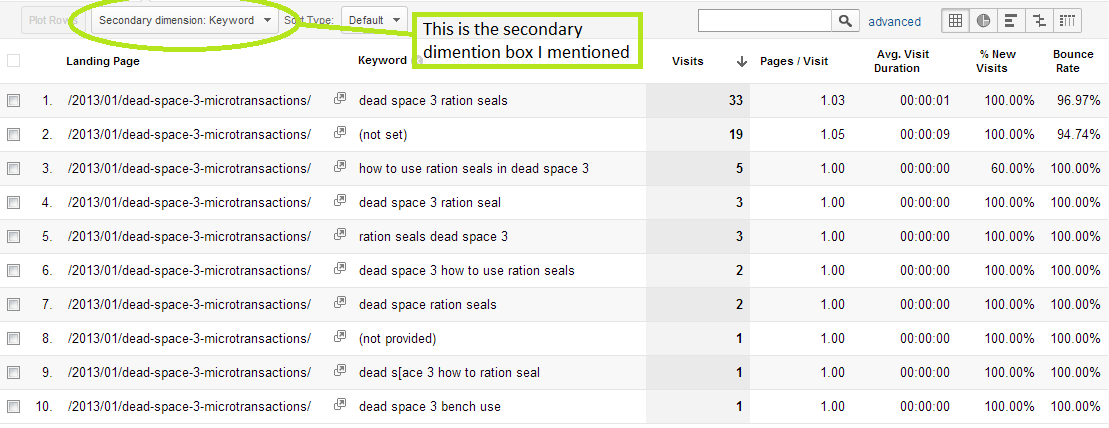The Hidden Importance of Long-Tail SEO [Infographic]
Just the other day I was writing a post about long-tail keywords inspired by WPBeginner’s post about using HitTail to improve their organic traffic. I found a cool infographic from HitTail when I was looking into the company titled “The Hidden Importance of Long-Tail SEO”. It shows how frequently long-tail keywords are searched, the average improvement of pages doing long-tail VS fat-head targeting and how much higher the conversion rate is with long-tail traffic.
- What is Long-Tail SEO? – Long-Tail SEO is the process of targeting a long-tail keyword and trying to optimize to rank well for it.
- What is a long-tail keyword? – A long-tail keyword is one that includes 3 or more words.
- Why is this important to me? – 70% of all searches are for long-tail keywords and long-tail keywords convert better than fat-head keywords.
Long-Tail Keywords Convert Better
The fact is that when someone searches a long-tail keyword they are far more likely to be directly interested in what they find. As the infographic points out they are 2.5 times more likely to convert than fat-head keywords.
Think of it like this: when someone searches more words they are making their phrase more specific. A more specific search gives more targeted search results. The more targeted (directly interested in your topic) the traffic the more likely it is to result in a share or a sale. Whatever your goals are they are more likely to be fulfilled by someone who is interested in what you have to say.
I’ll use the example from the other day to illustrate the point.
If John searches for “WordPress tutorials” and my post Using WordPress Post Formats appears on the first page then it’s not feasible to think that he will choose my site to click, even if I’m in spot number 1. It’s because he’s not looking for how to use post formats, he’s just looking for WordPress tutorials in general. OK he might click it, but that would be because he is already interested in using post formats, not because he is looking for how to use them.
If he were to search “use post formats on my website” he is probably more interested in the post I wrote and thus he’s far more likely to click on my post. When he does visit the post he is going to be far more engaged, because he’s more interested in it.
I think I might have rambled enough so here’s the whole infographic from HitTail, click the image to see it full size, if you have any problems reading the text.




